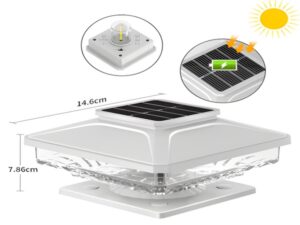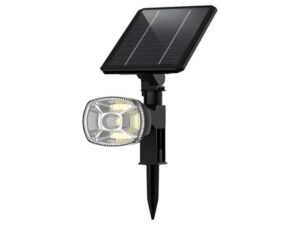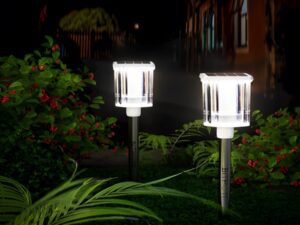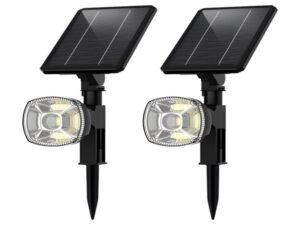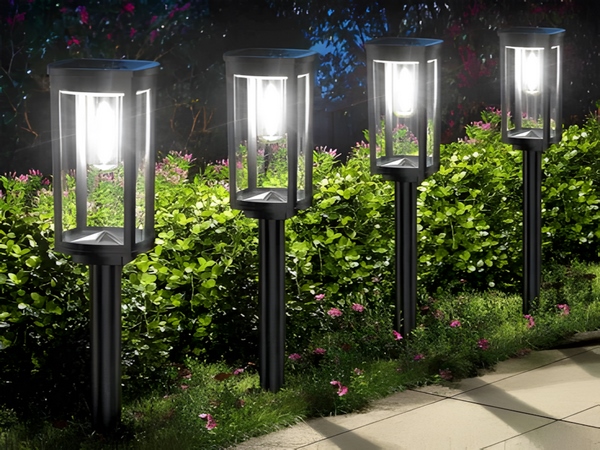
1. How to Choose the Light Source for Solar Lamps?
Generally, energy-saving light sources are selected. The light sources (bulbs) currently used in solar lamps mainly include: DC energy-saving lamps, ultra-bright semiconductors,
LED
lamps, and electromagnetic induction lamps
(LVD)
, low-pressure sodium lamps
(LPS)
, and high-pressure sodium lamps
(HPS)
.

Solar lawn lights generally use
LED
as the light source; solar courtyard lights generally use a combination of
LED
and 12V
DC energy-saving lamps as light sources;
the
solar street lamps
can be selected from various light sources such as
12V
DC energy-saving lamps, low-pressure sodium lamps, high-pressure sodium lamps, and electromagnetic induction lamps based on actual needs.
Regardless of the light source chosen, its brightness is directly related to the power of the light source. For the same type of light source, a higher power means higher brightness; conversely, a lower power results in lower brightness.
2. How Long Can Solar Lamps Illuminate in Clear Weather?
The illumination duration of solar lamps can be set according to user requirements. For the same location, this is directly related to the selection ratio of solar panels and batteries. With the light source power determined, choosing larger solar panel power and battery capacity allows for longer guaranteed illumination time; conversely, shorter illumination time results. A standard system configuration generally ensures
5
to
10
hours of illumination time per day.
3. How Long Can Solar Lamps Be Used in Rainy Weather?
The guarantee time for solar lamps in continuous rainy days can be designed according to specific usage environments and customer requirements. Typically, in continuous rainy weather, it should meet not less than
2
days (
5
to
10
hours) of illumination time.
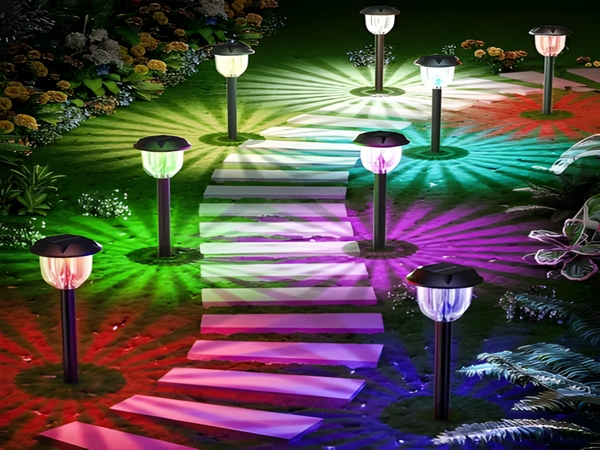
4. What is the Lifespan of the Main Components of Photovoltaic Products?
The solar battery module, controller, battery, and lighting source are the four main components of solar lamp products, and their respective lifespans can vary.
5. How to Compare the Cost-Effectiveness of Photovoltaic Products?
The main factors affecting the price of solar lamps are the power of the solar panels and the capacity of the batteries. A configuration with high power and large capacity will inevitably incur higher costs; conversely, costs can be reduced. Solar panels and batteries can form different system configurations based on various usage requirements. Therefore, customers should choose a scientifically reasonable configuration plan based on actual needs to achieve higher product cost-effectiveness.
Having an advanced electric optical source laboratory to test and analyze the electrical and optical performance of the light source, along with supporting equipment for high-temperature tests, low-temperature tests, waterproof tests, dust resistance tests, aging tests, seismic tests, and salt spray corrosion resistance tests ensures that the testing technology meets industry levels for solar street lamps.
For more information on
Solar Street Light Price List
, please inquire about street lights.
Bitpott Solar Street Light Manufacturer
specializes in the research, development, production, and sale of solar and
LED
outdoor lighting, with many years of production experience and advanced production equipment, ensuring quality, reasonable pricing, and configuration.
For pricing on
LED Solar Street Lights
, please consult our
online customer service
.
